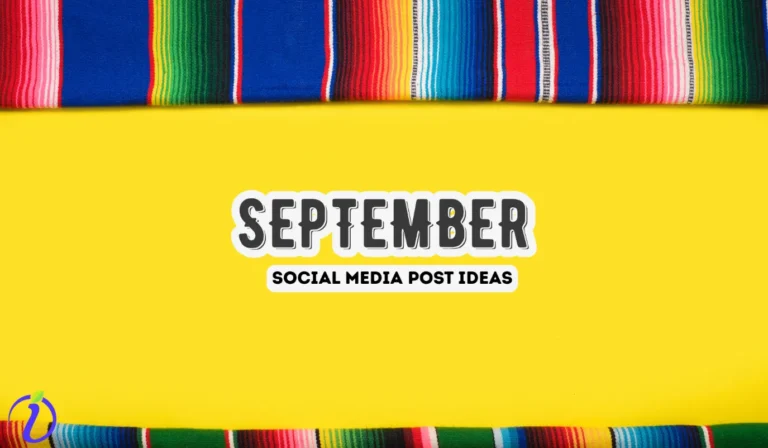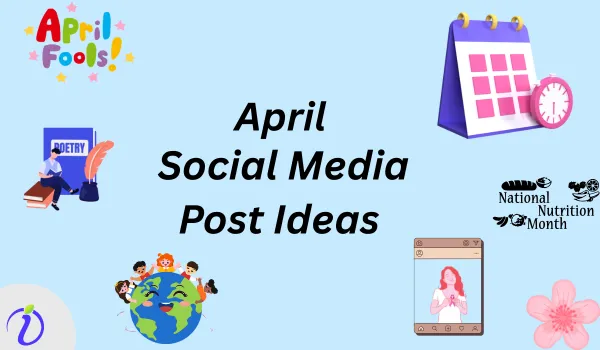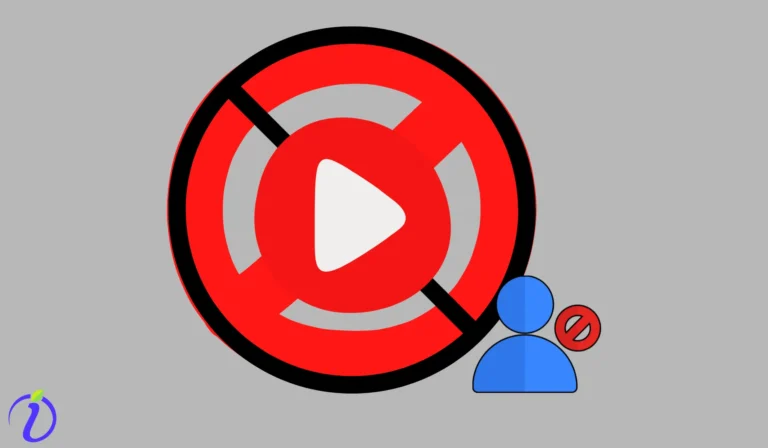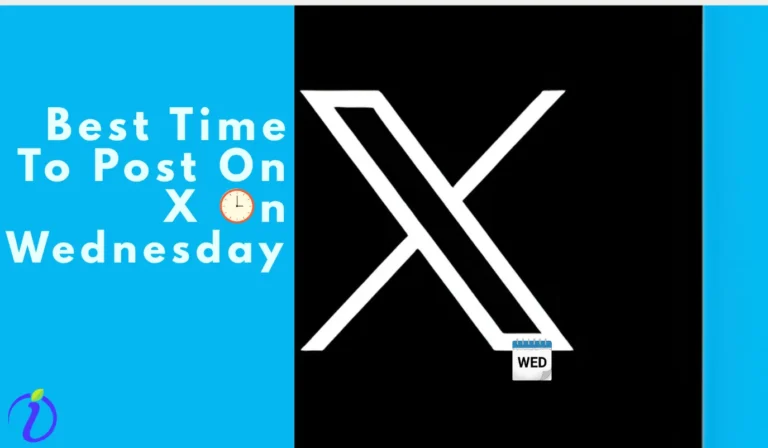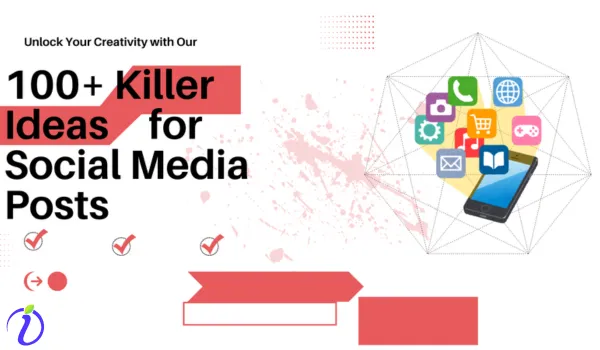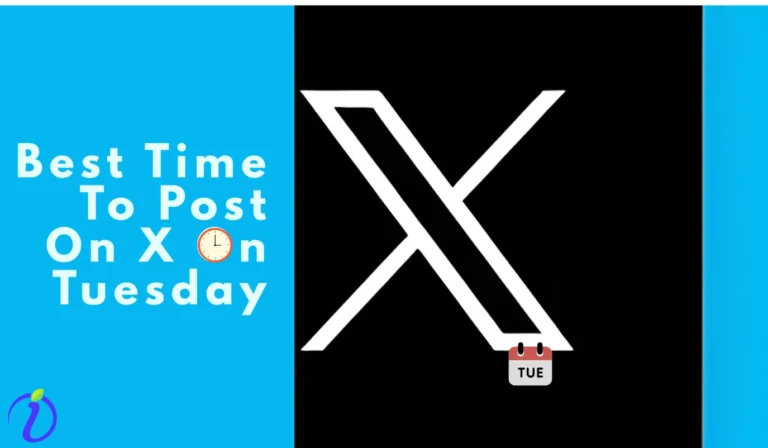4.89 billion people are using social media across the globe and nearly every individual is using five to seven platforms monthly. With nearly half of the population using social media platforms for various reasons, businesses are keen to capitalize on trends and boost their performance in the market. To do this effectively, they need the best social media tools, but within the budget.
But identifying the best and free social media tools are always a daunting task. While most social media marketing tools offer free trials, we need to test their features and performance before purchasing their paid version.
Free trials last from seven days to one month, with a greater potential to explore all the features of the tool and assess its compatibility with your team’s workflow.
During the trial, look beyond the basic features and the capabilities aligned with your goals for marketing.
Here are some important tips to help you evaluate social media tools for free:
Assess Social Media Tools
Start by identifying the most important features that your company needs. Be it post-scheduling, Analytics, CRM integration, or even social listening, make a list and assess every tool against this list.
Use every feature in real-world situations to understand how it works and how it can help your workflow.
Example:
You’re evaluating three free social media marketing tools. Your business needs include:
- Post scheduling
- Social media analytics
- CRM integration (e.g., with HubSpot)
- Social listening features
Application:
During each free trial:
- Schedule posts for the upcoming week and check for calendar views or auto-posting options.
- Review the analytics dashboard — does it provide engagement, reach, and follower growth per platform?
- Try connecting your CRM — can you track social interactions in HubSpot or Salesforce?
- Set up brand keywords in the listening tool — does it detect mentions on platforms like Twitter, Reddit, or Instagram Stories?
Create a side-by-side comparison chart like below to track how each tool performs across your feature checklist.
Checklist
- Is it a social media listening tool?
- Does it have a social media monitoring tools feature?
Is social media analytics available?
Evaluate User Experience
A tool might have powerful capabilities, but if it’s not easy to use, it could slow productivity. Take note of the user interface and user-friendliness.
Are the tasks you are assigned easy to carry out? Are you able to easily join your team? Excellent user experience is essential for smooth implementation throughout your team.
Example:
You’re testing a tool that offers powerful analytics but has a complex interface.
Application:
- Try publishing a multi-platform post. Does it take a few steps, or do you need to navigate multiple tabs?
- Ask a teammate with no prior training to join the platform and complete a basic task (like responding to a DM or editing a post). Was it intuitive?
- Note how long it takes to find essential features like performance reports or content drafts. If it’s not fast and clear, that could affect adoption across your team.
You want a platform that enhances, not hinders, daily operations — especially as your team grows.
Set Specific Goal Before Trial
Before you start the trial, determine your goals for using the social media tools. Do you want to streamline scheduling the content and increase engagement or team collaboration? Answering these questions will help you identify the features that are more helpful in the tool during the free trial.
It will also help you to customize the evaluation process and focus on the elements that matter the most.
Example:
A brand aims to increase its Instagram engagement rate by 30% in the next 3 months.
Application:
During the trial period, the brand should focus on tools that provide engagement heatmaps, best-time-to-post suggestions, and detailed Instagram performance breakdowns — not just generic analytics. Best social media analytics tools will have a good reporting feature.
Test Core Features in Real Contexts
Every social media management tool is designed to address and excel in specific areas. If you know what success is for your business, it will be easier to determine which social media platform can assist you in achieving those objectives.
If a company is considering its reputation as the primary element of marketing, rely on the social media listening capabilities and the sentiment analysis component of the tool. To increase audience engagement, choose tools that deliver high-quality reports as well as tools for optimizing content.
Example:
If you are interested in monitoring the brand then try a tool such as Sprout Social.
Application:
Create a keyword tracking system for your company name and test how well this social media monitoring tool can identify your brand across different platforms. Do you see posts appearing that mention your brand name on LinkedIn, Instagram, and Twitter? Are sentiment scores accurate?
In addition to the main aspects, think about the requirements of the team members.
Marketers may be more interested in advanced analytics, designers might need access to managing multimedia assets, and digital marketing managers may look for features that provide quick communication with the audience.
Include different perspectives of your team members and select a tool that is suitable for all.
Review platform compatibility with your existing workflow
Social media tools cannot be used in isolation. Check how well it integrates with your current tech stack, which includes CRM systems and email marketing tools, platforms for managing content, or even software for managing projects. The more seamless your interconnection, the more efficient and well-organized your process will be.
Scalability is a different aspect. While a tool might meet your current needs, you need to ask yourself: Will it expand to meet the needs of your company? Consider platforms that provide flexibility in plans, add-ons, or other options.
Example:
Your team already uses Marketmuse and Slack.
Application:
Test whether the tool integrates with both. Can you push social leads from the tool directly into Marketmuse? Can it notify your Slack channel when a scheduled post goes live?
Assess Support and Training Resources
During the trial phase, be sure to assess the level of support available. An attentive support team can make a huge difference, particularly during onboarding and solving problems. Look for customer care support services like 24/7 live chat and email assistance.
Some social media tools have extensive training resources like tutorials, FAQs, webinars and community forums for extra support. These materials can significantly reduce the learning curve and allow your team to get the most out of the software right from the beginning.
Example:
Trying an advanced solution for social media.
Application:
Start a live chat and ask about a specific feature. Track how fast and helpful the response is. Browse the Help Center page. Are there short videos and use-case-based tutorials, or just vague documentation?
Assess ROI, Not Just Price
Trials are free, and they share a glimpse of the features of the social media tool. Instead of focusing on the cost, consider it’s features, reliability, data security, and customer support.
Sometimes, a less expensive tool could provide more ROI with efficient automation and optimized tools. Be sure that the tool you choose is in line with your financial goals.
Example:
Tool A is $50/month, and Tool B is $70/month. Tool B has 50 more features than Tool A.
Application:
During the trial, test how much time these extra features save your team. If Tool B cuts content creation time in half, it may justify the additional $20/month.
Discuss Pros and Cons with your Crew
After the trial period, your team will use this tool on a daily basis. So, ask teammates what worked and what didn’t. Insights are essential.
Create a shared feedback form or plan a short review session. A collective input will help you select an application that meets everyone’s needs, not only the requirements of decision-makers.
Gather information like which elements were noticeable? What was clunky?
Example:
You have narrowed it down to two tools – both have pros and cons.
Application:
Have your content creator, strategist, and analyst test their relevant features. Then, hold a quick meeting to gather opinions. One tool may be stronger overall and receive wide acceptance from the members.
Commit to the Right Solution with Confidence
After your trial period, you will be able to determine whether the software is a good fit for your needs. Go over your original goals, the list of essential features, and feedback from your team. If the solution meets all (or everyone) your requirements and provides tangible value, choose the paid version.
Make sure that the ideal social media marketing tool doesn’t just manage content; it’s about building your employees, elevating your brand, and delivering tangible outcomes.
Our all-in-one social media tool is coming soon.
Join the waitlist today and be the first to gain access, insights, and exclusive updates.




